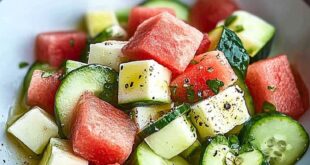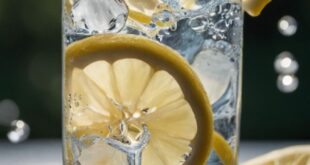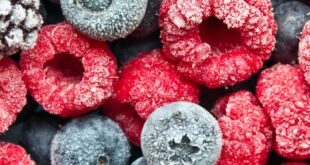
Understanding On Muscle Soreness
Delayed Onset Muscle Soreness (DOMS), also known as muscle soreness, typically begins 12-24 hours post exercise and typically peaks 24-72 hours later. While muscle soreness indicates your muscles have adjusted and rebuilt themselves properly after strenuous activity, it may still cause discomfort.
At home, there are various methods available to you for muscle recovery that you can do on your own. Active recovery and gentle self-care techniques can significantly decrease soreness while helping muscles heal more efficiently. Here are the Top Muscle Recovery Methods You Can Try Out On Your Own
For optimal recovery results at home, consider these active recovery and gentle self-care measures for muscle relief:
- Hydration Is Your First Defense Water plays an essential part in flushing away toxins from your muscles while providing essential nutrition. After intense training sessions, extra hydration might be needed; electrolytes could even come in handy!
- Stretching and Light Movement
Gentle stretching can improve blood flow and ease tightness. Try yoga or foam rolling for 10-15 minutes every day; light cycling at lower intensity levels also aid circulation and promote recovery. - Contrast Showers or Cold Therapy
Alternating hot and cold shower water in your shower can reduce inflammation while improving muscle repair, especially right after intense activity. You might even try adding in an ice pack or cold plunge for 10-15 minutes for enhanced results. - Get Enough Quality Sleep
Sleep is essential to healing our bodies. Aim for 7-9 hours each night of quality restful slumber avoiding screens for deeper restorative rest.
Now let’s talk food: post-workout nutrition can make an enormous difference to how quickly and completely your recovery occurs.
TIPS
1.Supplement With Anti-Inflammatory Foods
To relieve soreness, include foods rich in omega-3 fatty acids like salmon, chia seeds or walnuts into your diet. Turmeric and ginger can also provide powerful inflammation-fighting benefits; try including them into teas or smoothies!
2.Carbs Are Needed
Don’t neglect carbs! Carbs help replenish glycogen stores that fuel muscles. Opting for whole grain options such as brown rice, quinoa or oatmeal is optimal to avoid blood sugar spikes during recovery and support recovery without leading to blood pressure spikes.
3.Magnesium-Rich Foods
Magnesium can help relax muscles and prevent cramps. Leafy greens, almonds, bananas and dark chocolate are great sources to include as part of a recovery diet plan.
What to Avoid during Recovery
While knowing exactly what steps to take during your recovery is helpful, recognizing things which might hinder that progress is also invaluable.
Avoid alcohol: Consumption can interfere with muscle recovery and dehydrate you quickly, leading to further issues in the form of joint discomfort and loss.
Avoid highly processed food: these cause inflammation and hinder healing.
Do not overtrain: Pushing through pain may delay recovery and even result in injury.
Establish a Home Recovery Routine That Suits You Every body varies, so finding what combination of stretching, nutrition, rest and hydration work for muscle recovery might take some experimentation to perfect. Keep track of the response from different strategies or meals to fine-tune your approach and fine-tune its success.
Conclusion
Muscle soreness doesn’t need to derail your fitness progress! With effective recovery habits and smart food selection, you can feel better faster while building stronger, healthier muscles over time. Remember: recovery is more than rest; it plays an integral part of fitness journey!
 healthybodyboost.net Healthy Body Boost
healthybodyboost.net Healthy Body Boost



